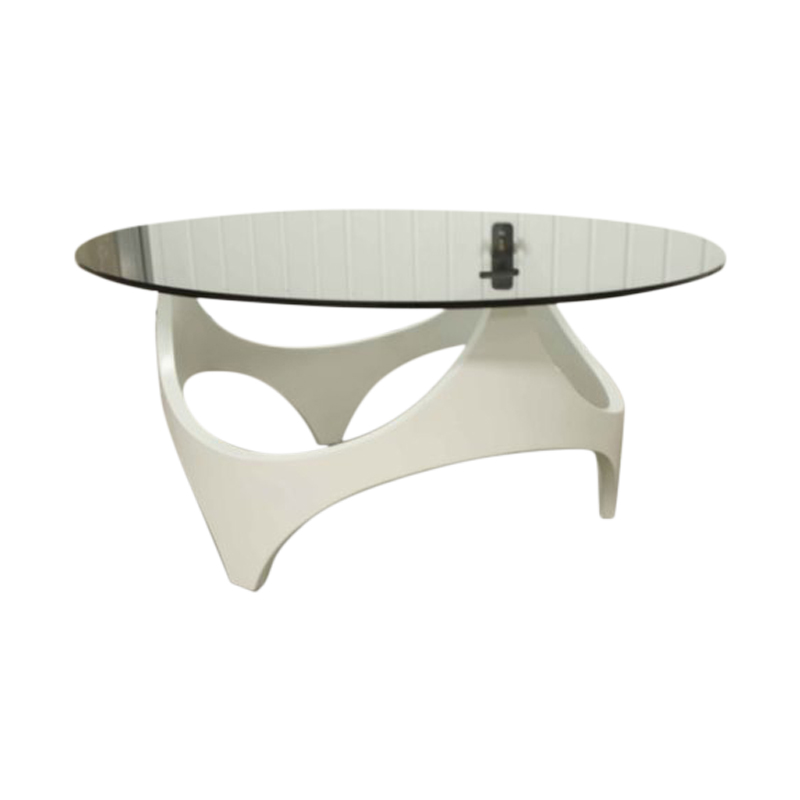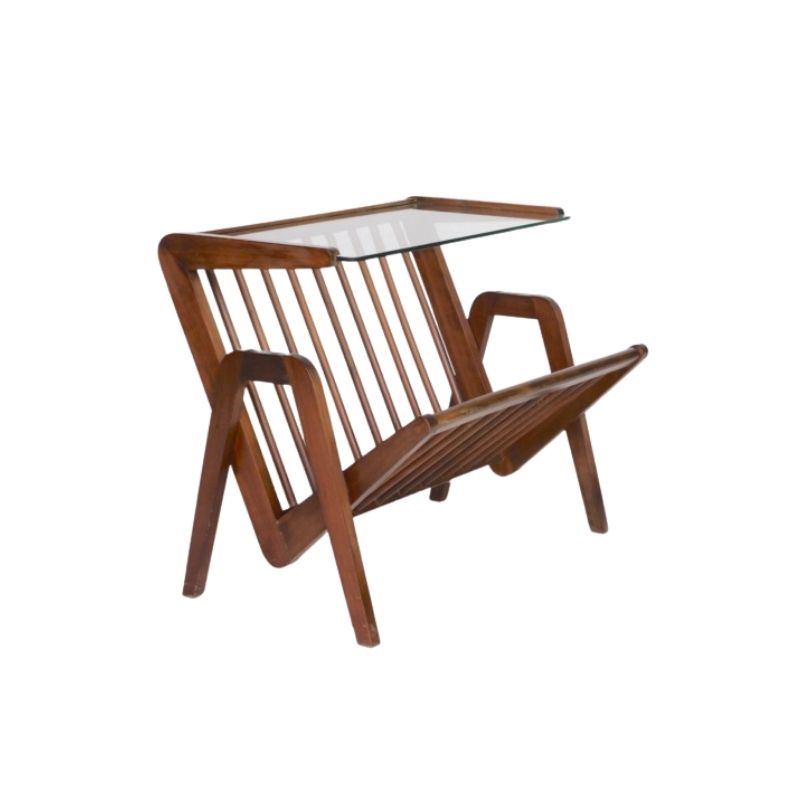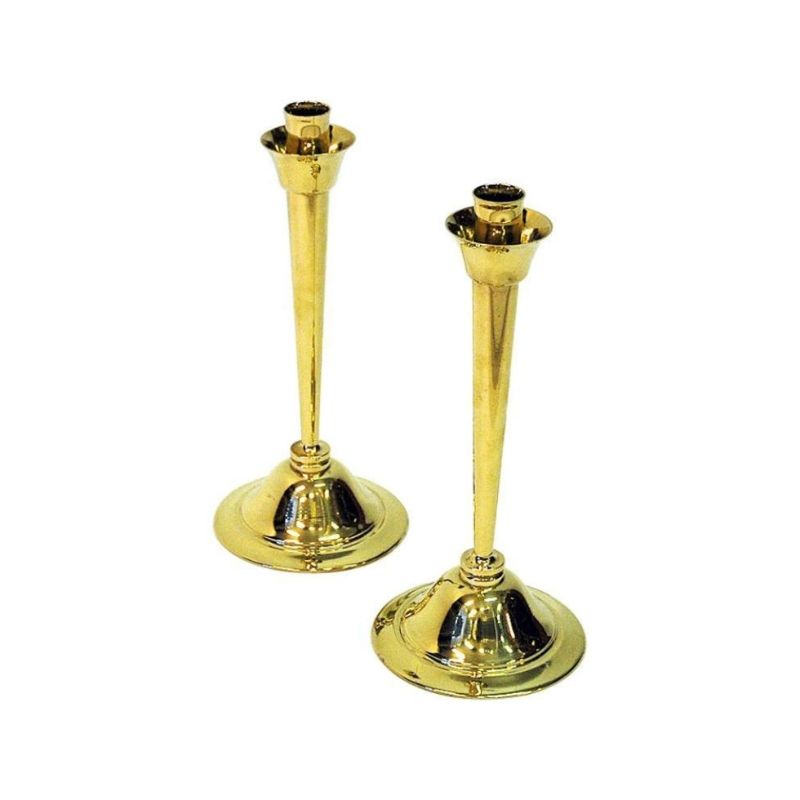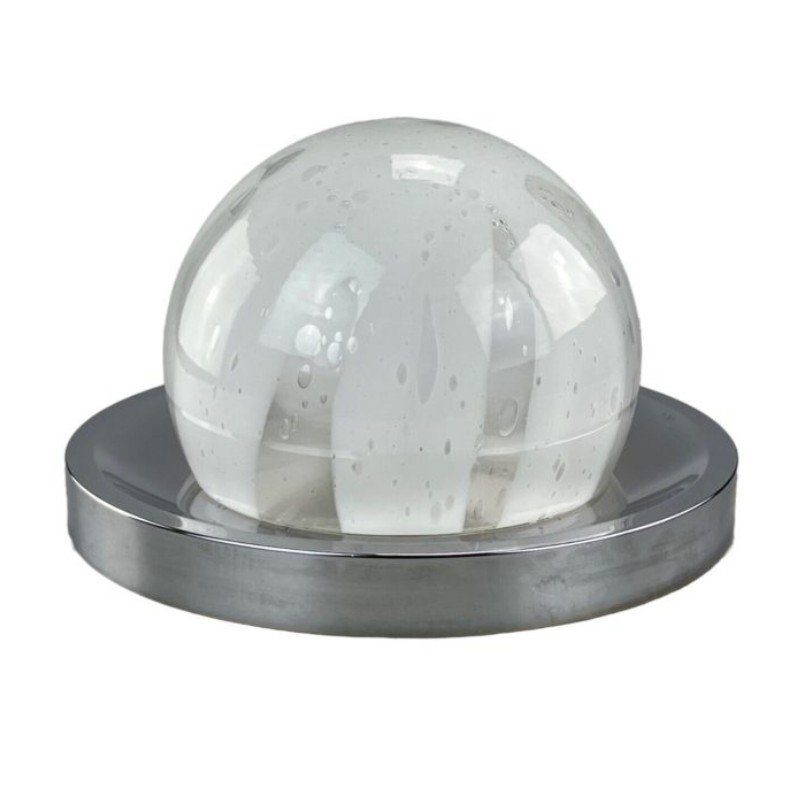I cannot find any visable marker's mark on this well designed danish chair & ottman. Anybody have a clue as to the designer of this set. I was thinking that it might be designed by Kofod Larsen. Also, how does the recliner mechinism work. It looks like just a striaight rod running across the back of the front stretcher. I have tried pulling it up and down but it doesn't seem to want to do anything. This is a recliner?Thanks a head of time for any helpPeruche <img class="wpforo-default-imag
<img class="wpforo-default-imag
"Also, how does the recliner mechinism work. It looks like just a striaight rod running across the back of the front stretcher. I have tried pulling it up and down but it doesn't seem to want to do anything. This is a recliner?"
Disregard this part of my previous post. I fgured out how the tilt mechanism works!!! It took a little wiggling, but it did finally allowed the lounge chair to recline.
Thanks for any help identifying the designer of this chair & ottoman
Peruche
Starting to confirm my earlier statement that this is a IB Kofod Larsen lounge chair & ottoman. Here is a couple pics of the ottoman from different sites that state it as being made by IB Kofod Larsen. I still can not for the life of me find a picture of this particular lounge chair. I did notice that some of the other IB Kofod Larsen lounger chairs had the same round brass ball at the end of the tilt mechanisim.
Could this be a chair that wasn't distributed by Selig but found its way to U.S. from Denmark anyways?
Thoughts anyone....
Peruche
Link: https://www.1stdibs.com/furniture/seating/lounge-chairs/ib-kofod-larsen-danish-lounge-chair-ottoman/id-f_794097/

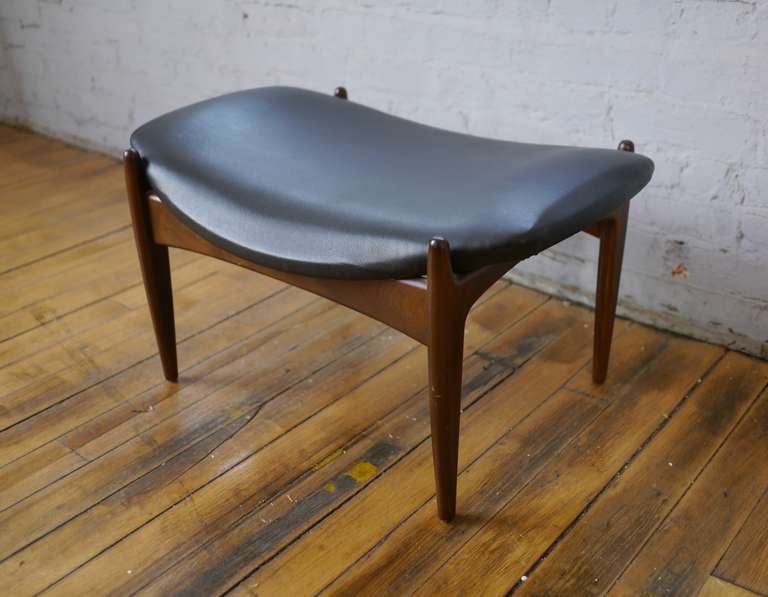
Are you assuming it is Kofod Larsen, but NOT Selig because it does not have the Selig medallion?
Not all Selig product is marked with a medallion. Some of it is just marked that it was made in denmark with a physically impressed stamp.
It is hard to tell, but is the wood stained beech? That would also be very characteristic of Selig.
Does the chair disassemble like Selig chairs do?
Finally a little crowd noise!!!
Leif there is no "Made in Denmark" stamped on the lounge chair or ottoman. I am going to have the chair & ottoman reupholstered so maybe the danish stamp is covered by fabric but I highly doubt it. Also, from what I can tell the wood looks to be Walnut but I will have my wood guy take a look at it to confirm. When I was pulling on the tilt mechanism for the recliner the front stretcher seemed to lift up a little and I could see some metal where it could possibly be a knock down chair.
Thanks again for any help on this lounge chair
Peruche
Update:
I am having the chair reupholstered, so in the process of getting it ready, I discovered that it is indeed a "Knockdown Chair". Leif Ericson mentioned that this could probably be a Selig chair even though there is no Selig medallion. The structural curves of the arms & ottoman look like IB Kofod Larsen to me. Here is some more pics of the hardware for everyone to examine and hopefully someone can pin point an exact designer/manufacturer.
Thanks a head of time for any help.....
Peruche


If you take a sharp closeup of the wood, I can probably tell you for certain what it is. However, I strongly believe it is stained beech. The wood inside the keyhole hardware is light, consistent with beech, not walnut. The stain also looks like a Selig color; it was called "saddle" I believe, but maybe someone else here will correct me on that point.
Selig's chairs use that keyhole hardware, so that is also consistent with Selig. Of course, other companies used the same.
Leif Ericson you are correct on all accounts my friend!!! I have the chair at my professional refinisher and he said that the chair is absolutely beech wood. I wanted you to know that my refinisher discovered that the ottoman is actually a "Knock Down" too. So with all that we know do you think that the chair & ottoman is just a Selig chair or IB Kofod Larsen for Selig?
Thanks again for all your input and I will post picks of the chair once it is refinished & upholstered. The set should be completely refurbished by the end of next week.
Peruche
Leif Ericson I'm back with the finished product.... I had this chair completely refurbished from the ground up. Professionally refinished & upholstered with new foam & fabric. She is ready to go for another 50 years!!! Leif, from what we now know about this chair combined with the condition it is now in, what would estimate the vaue of this chair is in the retail market.
Thanks again for all your help...
Peruche.


It is worth more now than it was a few weeks ago. A sales price is depedent on general location, venue, and time you are willing to sit on it. And a lot of random luck.
Try ebay for a general idea of what a Kofod Larsen Selig chair sells for in restored condition. And bear in mind it is not an Elizabeth chair that is worth $$$$$.
And 1stDibs prices are also not an accurate representation of value for a normal private individual. 1stDibs pricing is perfectly sane if you are 1stDibs seller, which I assume you are not because you wouldn't be asking on here.
Well it took a while, but I finally found a picture of another chair just like mine!!! The person that posted the picture listed it as a "Selig Reclining Lounge Chair by Kofod Larsen with ottoman." My ottoman is a little different but still a Kofod Larsen ottoman. I have scoured the webs looking for this recliner and only found one other chair, so I'm assuming that it is pretty rare chair to find,,,
Peruche
I have this same chair, sort of---either the same one or a variation on it, I'm not sure. I got it a few years ago but put it into storage while I pondered what to do about the finish. It is beech and it had fairly opaque walnut-color stain with varnish on top of that. Unfortunately one entire side of the frame had faded to an ugly green color.
I ended up stripping the varnish off and ebonizing it---it was for resale and restoring it to the original finish professionally was way out of the budget. But it looks pretty good, i think...just know that put a lot of thought into it before making my decision!
OK, that said---it has the Selig buttons so no issue there. What is different about it is that it has loose cushions, whereas the two above have fully upholstered frames. However, the two above were both reupholstered when found, so I guess it's possible that two different upholsterers and/or owners decided that they preferred fully upholstery over loose cushions and redid them that way. It is certainly possible to convert a lovely finished frame to being fully upholstered---WHY, i don't know, but it's possible. I think it's more likely that the chair was offered in two different versions, though.
The arms are the same distinctive and very graceful shape as the two above, and reclining mechanism is exactly same. The back has a slight concave curve like the top chair here and presumably the 2nd chair to (no pics to confirm) -- and this is different from the recliner that is way more common that is attributed (correctly, as far as I know) to Kofod-Larsen, which has a concave curve in the upper half and a convex curve in the lumbar area. The curves are all in the back cushion on mine. It's super comfortable! I was tempted to keep it. Tried to get my kids to take it but they are all set for chairs at the moment.
The new fabric is Hallingdal in the light heather gray/cream colorway. The original fabric was a wool hopsack in a dull brownish olive and it had a large flap in back that snapped to snaps that were screwed to the frame, to keep the cushion in place when you reclined, i guess. I did more minimal straps, which i think looks better.
I think that's mostly it.
Oh--I looked through a lot of reference books today, including old catalogs, and couldn't find any examples of either version.


SPanky, nice work. That really looks amazing!
I am typically more of a let-the-wood-shine type of person, but when it comes to refinishing stained woods like beech, elm, ash, etc., it is typically more effort to refinish than it is worth. Which is why I really like the ebonizing on this type of thing. I have a lounge chair that is elm, and sitting disassembled in my garage right now, because I am at a loss of how to refinish it. I think I saw on your blog that you use india ink to stain to black. Is it as simple as sanding the old finish off, and then staining with india ink? I assume that a coat or two of lacquer is added as the final step?
Again, really nice work!
Thanks---I pretty much dislike any wood that is stained to make it look like some other wood. Mostly I can't stand how the real color shows when the finish wears off at points of use, or where it gets nicked or scratched. To me, it cheapens the look. Of course you could argue that ebonizing is a type of stain, but at least it's easy to touch up! And for some reason I like how it looks when it starts to wear off on the edges of the arms and other places, maybe because I associate it with beautiful antiques and not cheap, newish furniture.
Anyway!
To ebonize with ink you have to first remove every spec of the original finish. Strip lacquer with acetone, shellac with denatured alcohol, and varnish and polyU with paint stripper.
Sand any raised grain up to 180 grit.
Apply permanent India ink with a foam brush or small folded lint-free cloth. Wear household rubber gloves and protect your work surface well. Ink has low surface tension and is pretty messy to work with. (NOTE---i just figured out that low density foam brushes leave a lot of bubbles that don't always pop and settle before the ink dries---but high density foam does not. I always have high density foam scraps laying around to cut to size, but I think those foam wedges made for applying makeup might be even better.)
It will probably look pretty good after one coat but you might want to do a light sanding and then a 2nd coat.
When the ink is completely dry, it will feel chalky. This is excess pigment, i think. Rub the surface vigorously with clean paper towels and discard them as they get black. When you can't rub any more pigment off, you can apply paste wax to seal in the ink. I think some kind of clear coat finish might work but I've never tried it---you should test it on inked scrap wood to make sure the ink won't bleed.
That's about it!
If you need any help, please contact us at – info@designaddict.com



